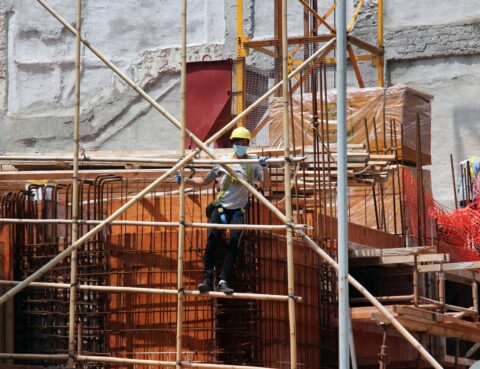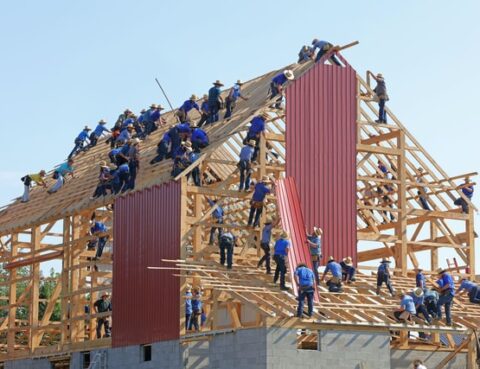Construction Law is unique to almost every geographical region. Learning one region’s laws, however, could be beneficial to advancing laws in our own.
A common misconception is that a discharged construction lien can be revived if additional services or materials are supplied to the subject property. This is not the case. Once the door closes on your lien rights, it will never re-open.
Understanding the crucial difference between Owners and Home Buyers as defined under the Construction Act helps Subcontractors keep track of and keep alive their lien rights.
While the legislature has not commented on the effect of COVID-19 on construction limitation periods, the Courts have tried to provide some direction as to how they would treat the lack of strict compliance with the otherwise truncated limitation periods in the Act.
How do you lien when the price of services and materials is subject to a “costs-savings” provision? The Dominus v. H&W case discusses this conundrum.
While the Construction Act grants significant protections to members of the construction industry, these rights must be exercised in a timely and diligent manner. The effects of failing to comply with limitation periods are devastating, such as the expiry of a lien.
In Ontario and other common-law jurisdictions, legal disputes are subject to what is known as an “adversarial” process. Many lawyers take this approach too close to heart. While lawyers may be skeptical of ADR, perhaps we should begin relationships with opposing counsel from a position of trust rather than combat.
How can a Subcontractor stop payments in wake of ongoing construction dispute? In realizing the fast-paced nature of the construction industry, the drafters the Construction Act, created a mechanism allowing Subcontractors to cease payment on a project without having to actually preserve a lien. Namely, a “Written Notice of Lien.”
Although construction lien proceedings do not extend the same rights as ordinary proceedings, the Construction Act allows claimants to demand information pursuant to Section 39. The Act extends a similar fact-finding ability to Owners/Contractors/other Defendants through a cross-examination of the lien claimant on the contents of their lien by way of Section 40.
The purpose of a construction lien is to provide statutory protections to contractors and subcontractors for the services and materials they supply to subject properties. That being said – these protections are not cheap. In order to address these costs and allow “Access to Justice,” the Construction Act affords specific remedies to allow smaller lien claimants to either assign, piggy-back, or bundle up their lien.











